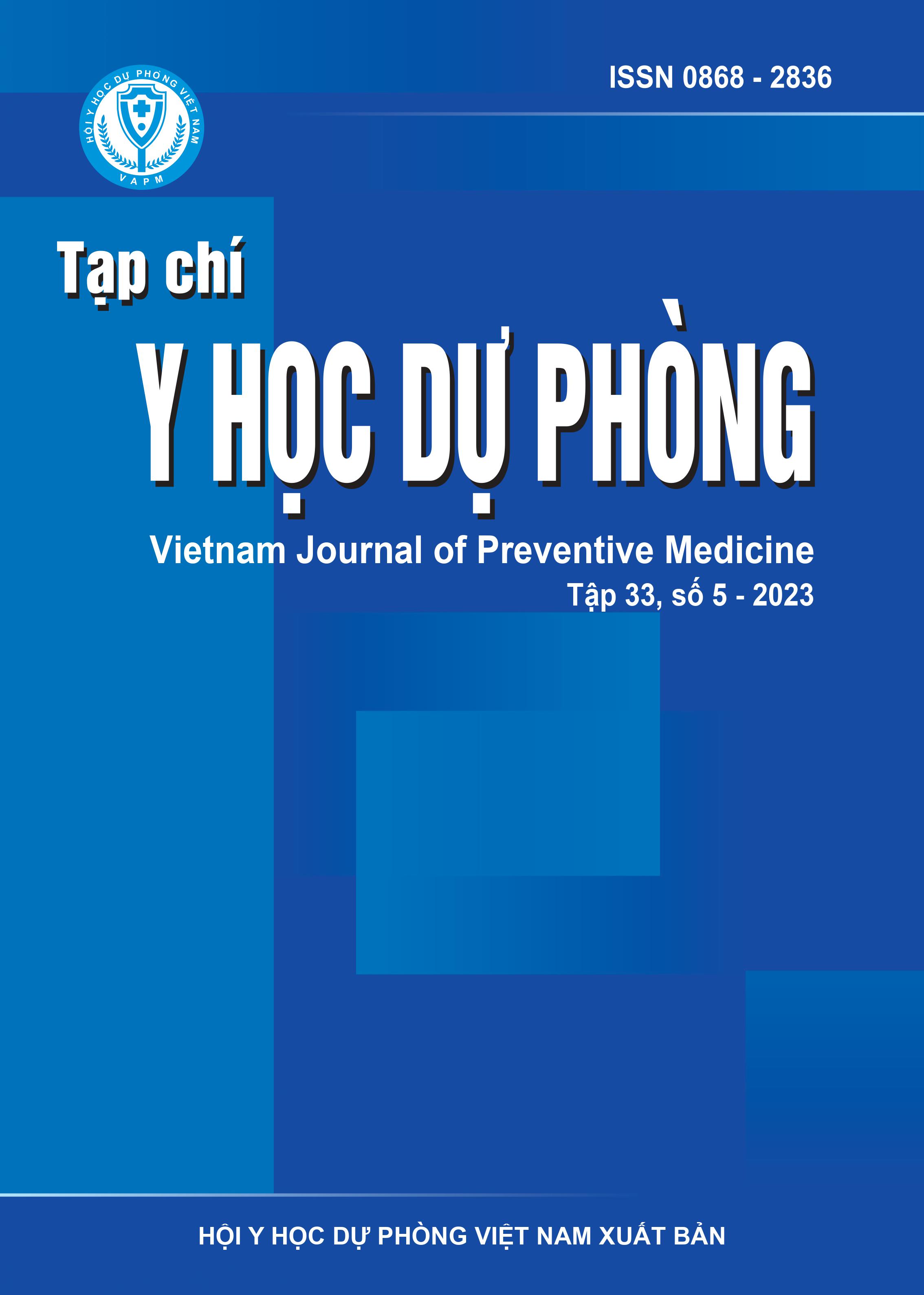Identification of the pathogens caused hydrocephalus and neonatal sepsis by culture, multiplex PCR and 16S rRNA analysis method at the National National Children’s Hospital, 2019 - 2020
DOI:
https://doi.org/10.51403/0868-2836/2023/1360Keywords:
Culture, multiplex PCR, 16S rRNA, hydrocephalus, neonatal sepsisAbstract
Hydrocephalus and neonatal sepsis are common diseases in newborns. Current diagnostic methods are culture and multiplex PCR, but the causative agents still cannot be accurately detected. Our research was conducted at the National Children’s Hospital from 2019 to 2020, blood and cerebrospinal fluid samples of newborn patients suspected of having hydrocephalus and neonatal sepsis were collected and analyzed using different methods such as culture from blood specimens, molecular biological testing techniques to detect pathogens and 16S rRNA-seq technique in classifying pathogenic microorganisms appearing in newborns. The rate of isolation of microorganisms from blood culture samples showed that Klebsiella pneumonia had the highest rate. The multiplex PCR method detected Cytomegalovirus, Enterovirus and hepatitis E virus (HEV) but unidentified in the other two methods. The 16S rRNA method showed the similar microbial community diversity in blood and cerebrospinal fluid. The 16S rRNA method increases the possibility of early detection of NUT and NTSS pathogens and shortens treatment time. However, culture is still an irreplaceable method because isolates are necessary for determining their drug resistance.
Downloads
Downloads
Published
How to Cite
Issue
Section
License
Publication License No 150/GP-BTTTT signed on May 8, 2014;
Electronic Publication License No 322/GP-BTTTT signed on June 15, 2016.


